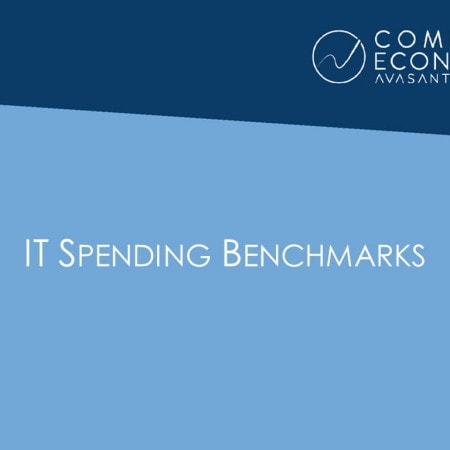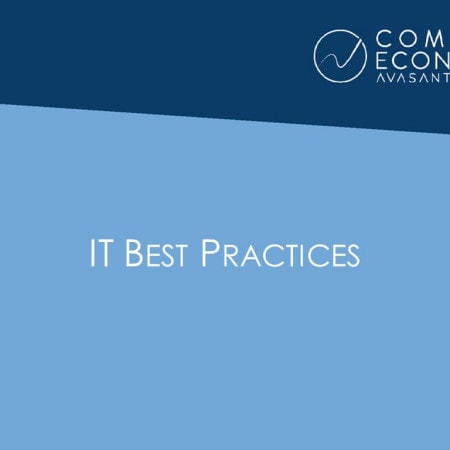-

Linux Changes Economics of Mainframe Computing
It depends is a phrase familiar to anyone analyzing mainframe system capacity or performance, whether discussing computing economics or characteristics. It has been decades since commercial software was provided free--or, more accurately, bundled with hardware. Since then, IBM software licensing terms and fees have changed several times, most recently to dramatically favor Linux-based computing.
May, 2002
-

Capture Web Payoffs With Scripting Languages (Apr 2001)
Anyone perusing the WWW today immediately notices that sites are growing evermore complex. Dazzling graphics, full-motion video, and high-quality sound all contribute to enhancing the viewer's experience. Many e-commerce sites are coupled to databases, so orders can be processed and inventory updated in realtime. To compete in this environment, your websites must offer equivalent or better features to maintain the interest of site visitors and stand out from the competition.
May, 2002
-

Projected Worldwide Software Company Revenue Losses From Piracy
A major impact of the growth in Internet usage is a corresponding increase in software piracy. We project that by 2005 there will be over $55 billion in annual revenue losses due to software piracy. The Asia Pacific region will account for the largest dollar amount in software piracy.
April, 2002
-

Compaq Software and Hardware Highlights for 2000 (Aug 2000)
In June 2000 Compaq presented a strategy statement for OpenVMS. Central to the strategy is the release of new OpenVMS functionality every 12 to 18 months, support for all AlphaServers, and the integration of solutions with Windows NT, Tru64 UNIX, and StorageWorks. In addition Compaq pledged to enhance ultra high availability, scalability, security, and performance including support for Fastpath for SCSI and Fibre Channel, reduction in RMS locking, lock manager performance enhancements, and Extended File Cache (XFC).
March, 2002
-

Vendor Tactics Will Dictate Directory Services Future
Network directories hold the potential for saving organizations millions of dollars in managing their IT resources. The key to this management is directory services. Directory service vendors, however, have been much more interested in using directories to control their market share than in providing customers with the resources they need.
March, 2002
-

Change is the One Constant in the Database Market
Databases are more essential today than they ever were. The problems of database management, however, are growing exponentially. Data corruption, security, meta data, Y2K, Web compatibility, XML (Extensible Markup Language), and cross-platform operability are just a few of the challenges confronting those administering databases. Database vendors from the top tier to the bottom are confronting many of these issues and are developing applications to address them. These revisions, however, often add to the burden of database management.
March, 2002
-

Software Pricing Innovations Can Cut Costs
The Internet is impacting software prices in ways that many buyers will find attractive. Consequently, vendors are being forced to rethink their traditional application software pricing structures. Software vendors are experiencing negative pressures to the commonly encountered price-per-CPU pricing structure they have used in charging customers in the past. At the same time, more flexible pricing strategies are being introduced. These pricing strategies are being driven less by the software vendors themselves than by application service providers (ASP) and fall-outs of court cases such as Microsoft's recent setback. As a result, software buyers have an opportunity to reduce their application server costs if they are sufficiently informed and wise in their decisions.
March, 2002
-

Above Average(s): Measuring Application Development Performance
If I was in a room with the starting centers from every team in the NBA, I could say I was about 7 feet tall--based on the average of everyone present. Although misleading, this would be a true statement. IT organizations risk falling into a similar trap of misperception if they measure application development (AD) quality and productivity based on industry averages or high-level aggregates from myriad sources. Such an approach rarely provides meaningful insight into how well or poorly you're doing. More importantly, averages can't tell you what to do to improve your software development. To use measurement effectively, it's necessary to drill down to identify specific performance gaps and take specific actions toward improvement.
March, 2002
-

Turbulence Ahead in the ERP Market (Nov 2000)
The promises of the ERP revolution of a few years ago have too often been realized as expensive, bulky software coupled with painful rollouts and often wrenching organizational realignments. Consequently, ERP vendors are under the gun. Several have faced hard economic times along with rapid changeovers in the executive suites and disappointed customers. The major ERP suppliers are also facing a wakeup call from nimble e-commerce competitors such as Ariba, Clarify, Commerce One, I2 Technologies, and Siebel Systems to say nothing about their traditional adversaries, IBM and Microsoft. Application service providers are yet another threat to ERP providers' welfare.
March, 2002
-

eXtreme Programming Opens New Possibilities (Feb 2002)
The only certainties in software development are that the application will arrive late, cost more than expected, and fail to meet all of its functional requirements. Based on numerous evaluations conducted by Computer Economics, more than 90 percent of large-scale software applications fail to meet at least one of these goals, and about half of all developmental efforts are abandoned without delivering any useful product. The ever-growing demand for new software, along with increasing complexity of the applications, will only exacerbate the situation.
February, 2002
-

Peer-to-Peer Continues to Build Enterprise Capabilities (Feb 2002)
Peer-to-peer (P2P) computing, which has received most of its media attention from noncommercial Internet applications, is appearing in viable enterprise applications and gaining maturity through widely supported industry working groups. P2P, in its most basic form, is a decentralized computer network that communicates without the need for a dedicated server.
February, 2002

 Grid View
Grid View List View
List View